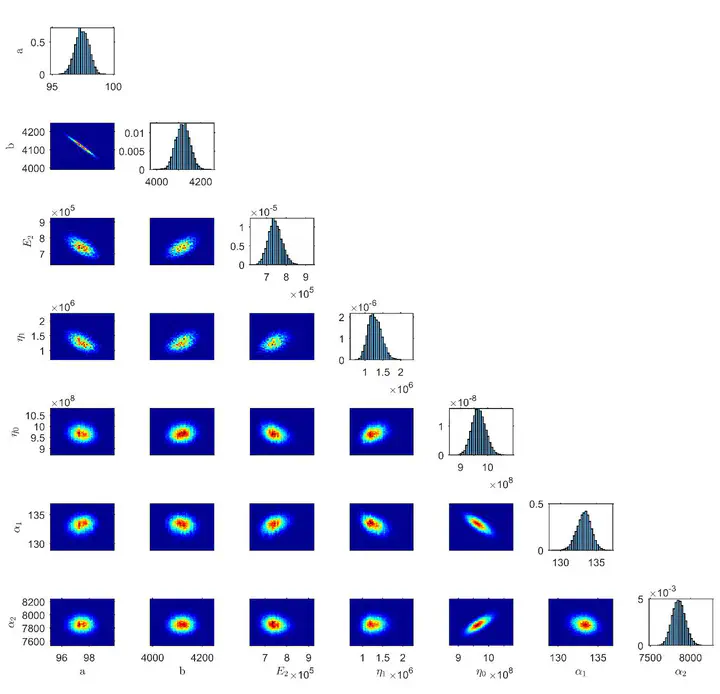Spatio-Temporal Statistical Characterization of Boundary Kinematic Phenomena Observed on a Series of Triaxial Sand Specimens

Abstract
Soil variability is a complex but ubiquitous phenomenon that derived from many sources of uncertainty. This inherent in-homogeneous behavior can affect the accurate estimation of soil strength and ideally should be fully characterized for informed decision making. However, in traditional geotechnical engineering survey, quantification of soil variability is not routinely performed and materials are collectively considered as a homogenous body. This knowledge gap is likely to inhibit the true understandings of variations in soil properties, and lead the practical design compromised to conservative parameter values. Despite rapid proliferation of sensing techniques having enabled us to collect more detailed deformational evidence, to the author’s knowledge, no statistical characterization has been performed on full field measurements. This research introduces a spatio-temporal statistical characterization of boundary kinematic phenomena captured by 3D digital image correlation (DIC) method. The combined interpretation of the displacement and kinematic operators provides a unique uncertainty quantification on the deforming granular media. First, we introduce a multi-scale data ensemble populated from a series of nominally similar triaxial sand specimens. First- (marginal statistics) and second-order (correlation analysis) statistics are assessed on each data scenario. The results reveal that the presence of shear and expansion band can introduce deformation dependencies in space and time. Also, the uncertainty of deformation pattern is greatly affected by the variability of localization behaviors, which is started as early as hardening phase. Second, the complete set of 3D kinematic operators under the Cylindrical coordinates-for the first time-applied to the assessment of meso-scale kinematics manifested on triaxial specimens. Our results suggest the kinematic patterns during the course of compression are influenced by factors such as confining pressure, initial density, varying composition, among others. Further statistical analysis of kinematic fields shows that different localization effects can interact with each other as evolved in both space and time. The results shed much light on systematically recognizing prevailing deteriorating mechanisms as well as uncertainty distributions during the process of shearing. Finally, we include a case study of probabilistic calibration of a visco-elastoplastic model representing the rheological property of sandstone. This is aimed to showcase the methodology we will apply to uncertainty quantification of modeling heterogeneous material responses in our future work.